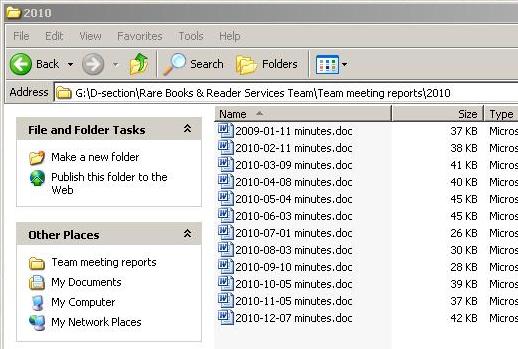
- EVENTSCRIPTS FAILURE IN GETTING THE FILE SYSTEM HOW TO
- EVENTSCRIPTS FAILURE IN GETTING THE FILE SYSTEM PASSWORD
EVENTSCRIPTS FAILURE IN GETTING THE FILE SYSTEM HOW TO
How to Turn On or Off BitLocker for Fixed Data Drives in Windows 10.How to Turn On or Off BitLocker for Operating System Drive in Windows 10.How to Turn On or Off to Index Encrypted Files in Windows 10.How to Change or Remove Lock Icon on Encrypted Files and Folders in Windows 10.How to Find and List All Your EFS Encrypted Files in Windows 10.How to Import Your EFS File Encryption Certificate and Key in Windows 10.How to Back Up Your EFS File Encryption Certificate and Key in Windows 10.Add Encrypt and Decrypt to Context Menu in Windows 10 and Windows 11.How to Decrypt Files and Folders Encrypted with EFS in Windows 10.How to Enable or Disable NTFS File Encryption in Windows.If you lose access to your encrypted files and folders, you will not be able to open them again unless you first restore the file encryption key for them. It is highly recommended that you back up your file encryption key after encrypting files and folders to help avoid permanently losing access to your encrypted files and folders. If you try to copy or move an EFS encrypted file or folder to a location that does not support encryption, you will be prompted with a "Do you want to copy this file without encryption" type dialog like below. If you ZIP an EFS encrypted file or folder, the file or folder will no longer be encrypted afterwards. If you compress an EFS encrypted file or folder, the file or folder will no longer be encrypted afterwards. If you encrypt a compressed file or folder, the file or folder will no longer be compressed afterwards.
EVENTSCRIPTS FAILURE IN GETTING THE FILE SYSTEM PASSWORD
If an administrator changes or resets the password of a user's local account on the PC, that local account will lose access to all their EFS encrypted files and folders until they restore the file encryption key for them. When you encrypt a folder, any new file saved into the folder will automatically be encrypted by EFS.

When you encrypt a file or folder with EFS in Windows 10, its icon will have a lock overlay at the top right corner to indicate that it's an EFS encrypted file or folder. This tutorial will show you how to encrypt your files and folders with Encrypting File System (EFS) in Windows 10 Pro, Enterprise, and Education editions.

How to encrypt a file | Microsoft Support.Encryption is the strongest protection that Windows provides to help you keep your individual files and folders secure. Any individual or app that doesn't possess the appropriate file encryption key cannot open any encrypted files and folders. EFS enables transparent encryption and decryption of files for your user account by using advanced, standard cryptographic algorithms. The Encrypting File System (EFS) is the built-in encryption tool in Windows used to encrypt files and folders on NTFS drives to protect them from unwanted access. How to Encrypt Files and Folders with Encrypting File System (EFS) in Windows 10


 0 kommentar(er)
0 kommentar(er)
